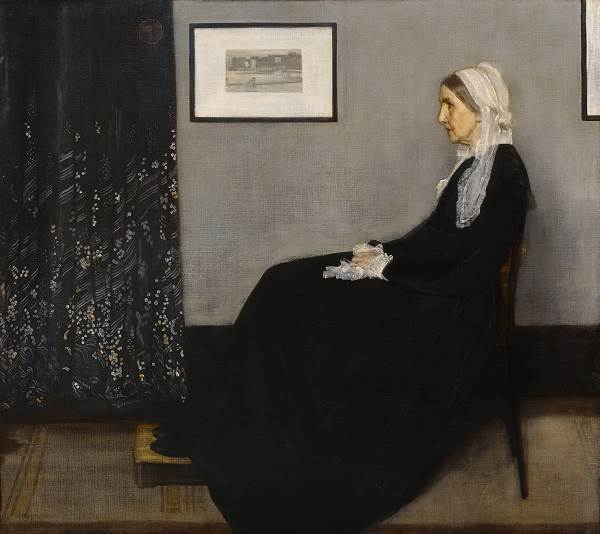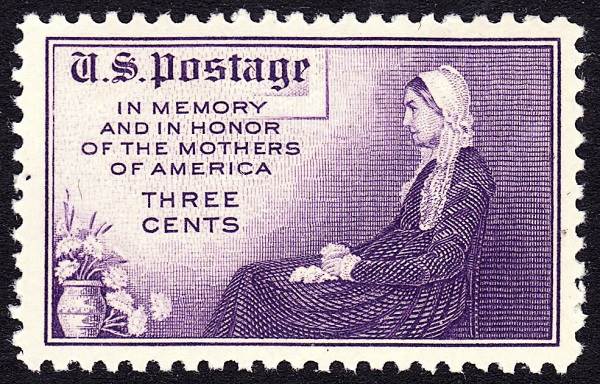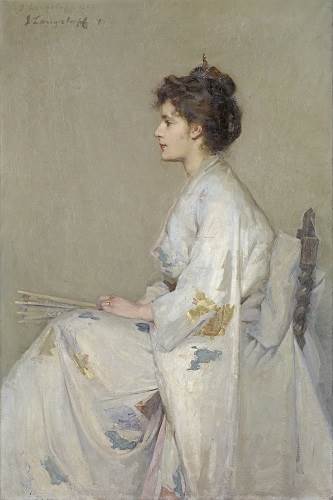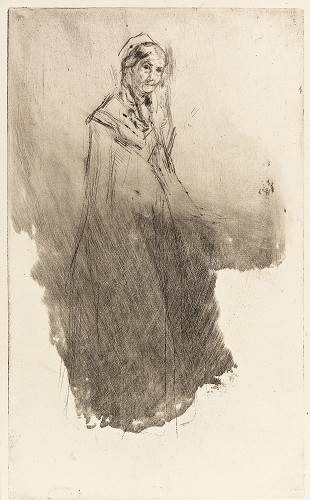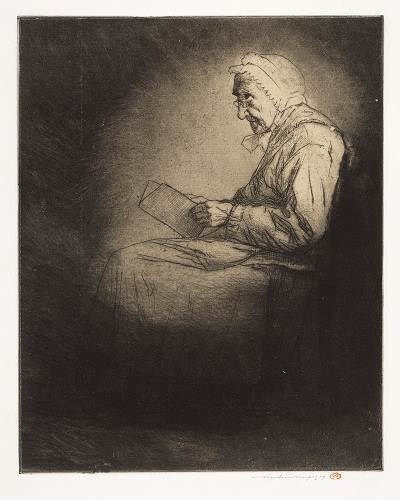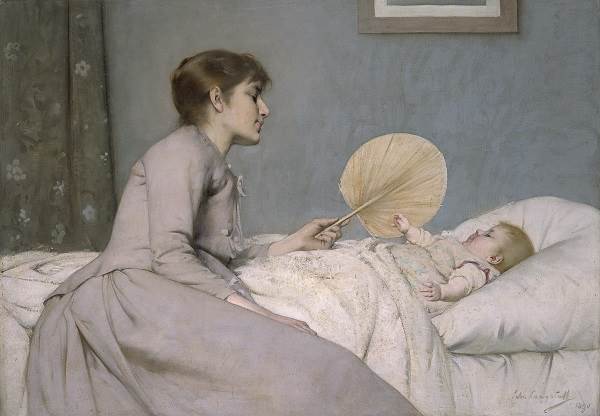Considered to be one of the world’s most iconic paintings, Portrait of the Artist’s Mother, more affectionately known as Whistler’s Mother, has been unveiled at the National Gallery of Victoria (NGV) in its Australian debut. On loan from the Musée d’Orsay, Paris, and exhibited exclusively at the NGV in association with Art Exhibitions Australia, ‘Whistler’s Mother’ explores the complex work and its multiple perspectives.
Dr Isobel Crombie, exhibition curator and NGV Assistant Director, comments on the importance of ‘Whistler’s Mother’, “This focused exhibition takes viewers on a journey through the history of the work, uncovering the life and career of Whistler; the life of the sitter, Anna Whistler; the artwork’s volatile reception; its conservation story; the influences that informed its production; and, its until now unexplored Australian connections, before viewers encounter the painting in a dedicated room.”
The exhibition presents associated material, including a survey of the many humorous parodies that have been made of the work. The exhibition puts the painting in context and includes material such as an edition of the etching Black Lion Wharf (1859), depicted in the background of the Whistler painting, and a Goodwin chair similar to the one Whistler’s mother sits on.
Whistler’s innovative approach also influenced some of Australia’s most prominent artists including John Longstaff, Tom Roberts, E. Phillips Fox and Hugh Ramsay, whose works form part of the exhibition. Longstaff’s choice of subject matter in The young mother (1891), his use of Japanese motifs; and colour palette all point to the impact of Whistler’s painting on his work.
With no clear narrative, Whistler’s Mother is primarily a study in composition. The painting represents the peak of Whistler’s almost Mondrian-esque method of modulating monochromatic tones and geometric arrangements. Influence from Velazquez, French realism and Japanese prints are clearly seen through his use of brushwork, technique, form and play with spectatorship.
Despite the overarching angularity of the painting in its entirety, from its unusual title, the unconventional seated pose and enigmatic stare, the figure remains dominant and the painting, overall, functions as a portrait.
Regarded as a potent symbol of motherhood, the atmospheric work depicts Whistler’s mother, Anna, sitting rigidly erect and in profile. Her black clothes insinuating that she is in mourning with her lace-cuffed hands clutching a white handkerchief. Anna’s pursed lips reveal her resigned and ultraconservative character, which over the years has earned her the reputation of a miserable grump; a contrast to her vibrantly dressed, socialite son. However, despite the dichotomy between the two, Whistler paints his mother with a sense of fragility. The soft, gentle brushstrokes forming her elderly skin symbolises the deep admiration Whistler felt for her.
Standing in front of this large painting, hung in one of three interconnected rooms within the exhibition space, fixated on the mother’s gaze, the viewer’s eye follows down Anna’s figure towards the left. Her dress falls outside the picture frame along with the subject of her gaze, where perhaps Whistler stands, looking up at his mother dearest.
National Gallery of Victoria
NGV International
Until 19 June, 2016
Melbourne
